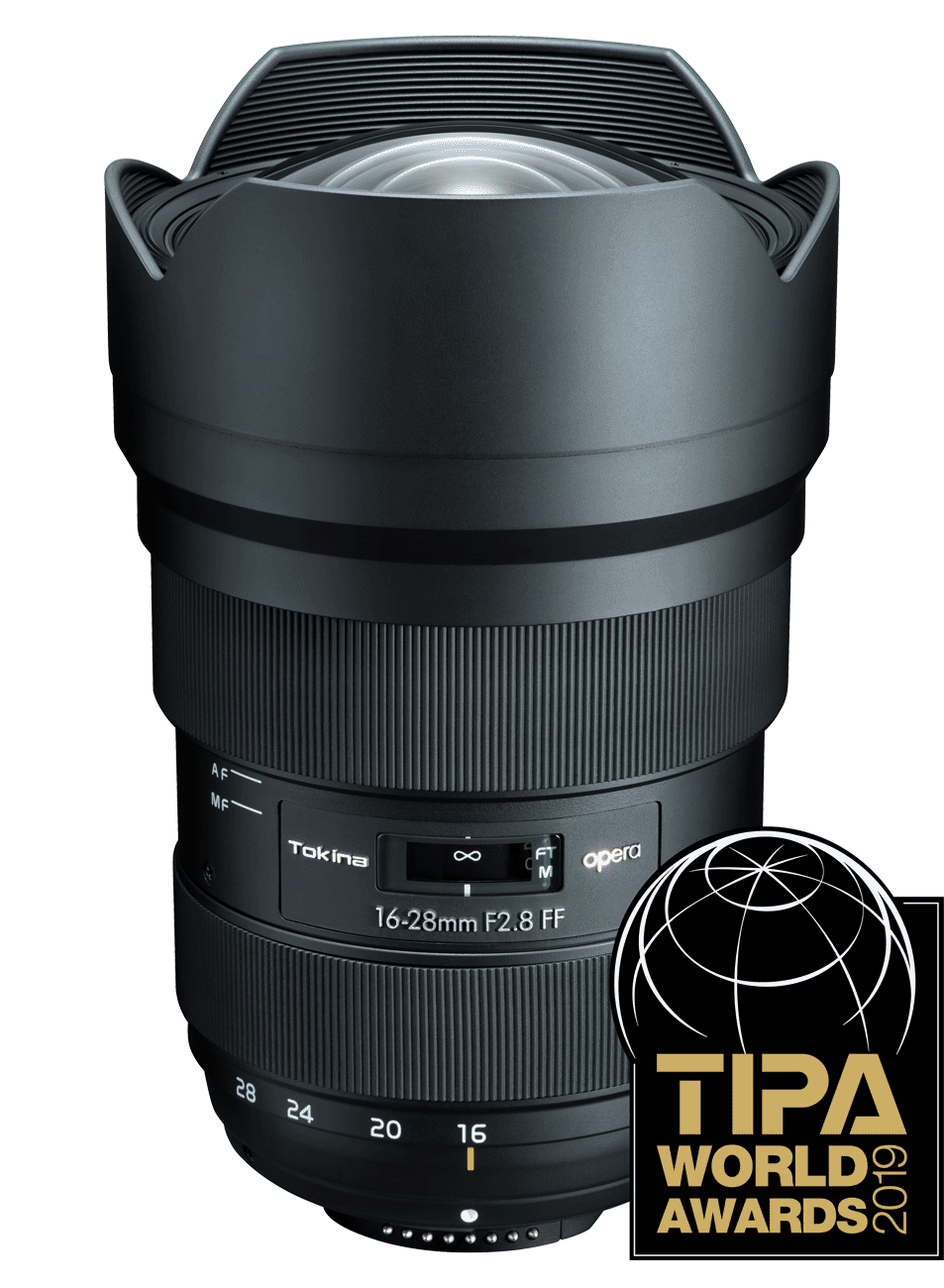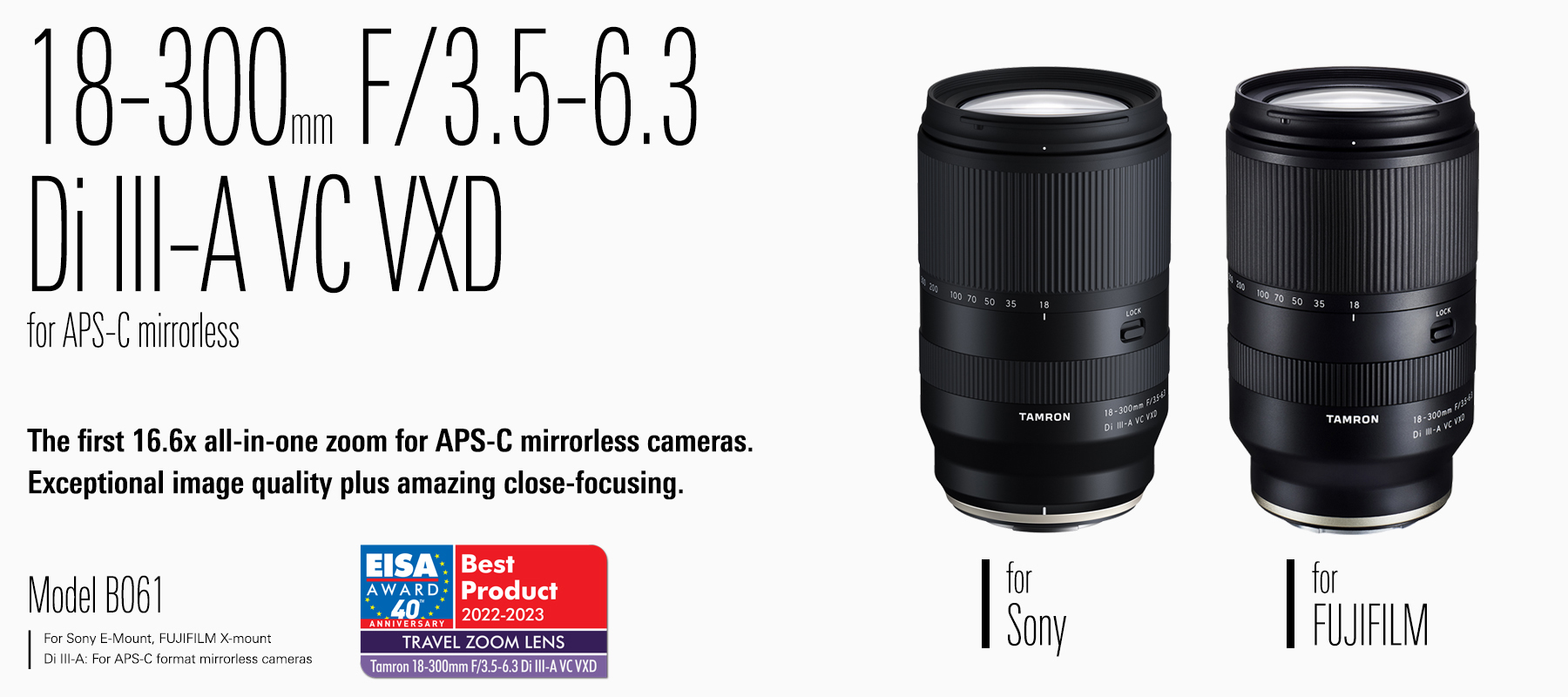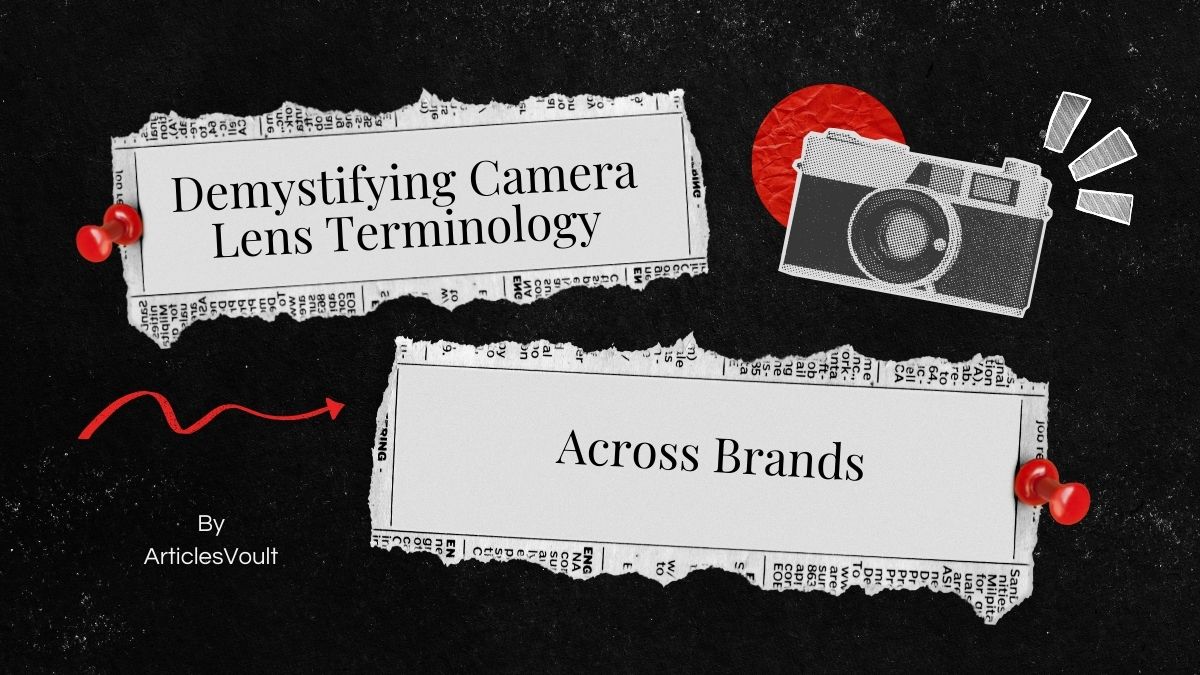Table of Contents
Introduction
Understanding the intricacies of lens terminology is crucial for photographers. Here’s a comprehensive breakdown of key terms used by different DSLR and lens manufacturers, providing detailed insights into their functionalities.
Brand – Canon – Lens

- L (Luxury-Series lens) – Canon’s high-end professional lens is renowned for exceptional optical quality and durability. Often features premium build materials for added robustness.
- IS (Image Stabilizer) – Beyond reducing blur caused by movement, Canon’s Image Stabilizer technology ensures sharp images in various shooting conditions, even at slower shutter speeds.
- EF-S – Designed specifically for Canon cameras with APS-C sensors, offering a compact and lightweight option for enthusiasts and amateur photographers.
- EF – Canon’s standard lens mount for full-frame cameras, provides a wide array of choices for professional photographers and advanced users.
- DO (Diffractive Optics) – Incorporates special lens elements to minimize chromatic aberrations, enhancing color accuracy and image quality, particularly noticeable in high-contrast scenes.
- USM (Ultrasonic Motor) – Canon’s Ultrasonic Motor ensures fast and virtually silent autofocus, ideal for capturing moments without disturbing the subject.
- STM (Stepping Motor) – Canon’s autofocus motor technology is designed for smooth and quiet focusing, particularly beneficial for video recording.
- TS-E (Tilt-Shift) – Canon’s line of tilt-shift lenses, allows photographers to control perspective distortion and depth of field by tilting and shifting the lens elements.
Brand – Nikon – Lens

- FX – Nikon’s full-frame camera lenses are designed to deliver superior image quality and performance, making them the preferred choice for professionals.
- DX – Tailored for APS-C sensor cameras, Nikon’s DX lenses provide a compact and lightweight solution without compromising optical excellence.
- D – Utilizing distance information for more accurate exposures, Nikon’s D lenses enhance overall image precision and clarity.
- CRC (Close Range Correction) – A feature crucial for macro and wide-angle lenses, CRC ensures optimal sharpness even in close-focusing situations, adding versatility to Nikon’s lens lineup.
- AF-S – Equipped with a Silent Wave Motor, Nikon’s AF-S lenses offer swift and precise autofocus, making them suitable for various photography genres, including sports and wildlife.
- ED (Extra-low Dispersion) – Nikon’s ED glass element lenses effectively correct chromatic aberrations, resulting in images with improved color accuracy and sharpness.
- G – Without an aperture ring, Nikon’s G lenses allow seamless aperture control through the camera body, offering convenience and a sleek design.
- N (Nano crystal coat) – Lenses featuring Nano Crystal Coat technology reduce flare and ghosting, contributing to superior image contrast and clarity, especially in challenging lighting conditions.
- IF (Internal Focusing) – Nikon’s IF lenses prioritize faster focusing by adjusting only internal lens elements, maintaining a compact and lightweight design.
- RF (Rear Focusing) – Similar to IF but with a focus on the rear group of elements, Nikon’s RF technology enhances focus speed and efficiency.
- VR (Vibration Reduction) – Nikon’s Vibration Reduction technology minimizes the impact of the camera or user movement, crucial for handheld shooting in low-light conditions or when using telephoto lenses.
- PF (Phase Fresnel) Lens Elements – Some Nikon lenses feature PF lens elements, which are designed to reduce chromatic aberrations and maintain a compact and lightweight lens construction.
- E (Electromagnetic Diaphragm) – Lenses with an E designation incorporate an electromagnetic diaphragm mechanism, providing precise and consistent aperture control for enhanced exposure accuracy.
- IF-ED (Internal Focus with Extra-Low Dispersion) – Nikon lenses with IF-ED designations utilize internal focusing and extra-low dispersion glass elements for improved optical performance and minimized chromatic aberrations.
- FL (Fluorite Lens Elements) – High-end Nikon lenses may include Fluorite lens elements, known for their low dispersion and ability to reduce chromatic aberrations.
- PF (Power Focus) – Some Nikon lenses feature a Power Focus mode, allowing smoother and more controlled focus transitions, particularly beneficial for video recording.
Brand – Panasonic – Lens

- OIS (Optical Image Stabilizer) – Panasonic’s Optical Image Stabilizer effectively reduces image blur caused by movement, ensuring sharp and steady shots.
- Mega OIS – A superior version of OIS, Mega Optical Image Stabilizer provides enhanced stabilization for more challenging shooting conditions.
- Power OIS – Taking stabilization a step further, Power Optical Image Stabilizer offers robust performance, particularly beneficial in dynamic or unpredictable shooting situations.
- ED – Panasonic utilizes Extra-low Dispersion glass elements to correct chromatic aberrations, ensuring images with improved color accuracy and clarity.
- Leica DG – Panasonic collaborates with Leica, a renowned optics manufacturer, for some of its lenses, denoted by the “Leica DG” designation. These lenses often emphasize high optical quality and precision.
- X (Professional) – Panasonic uses the “X” designation for some lenses, indicating a higher-end or professional-grade lens. These lenses may feature advanced optics and build quality.
Brand – Sony – Lens

- DT – Sony’s DT lenses are designed specifically for APS-C size camera sensors, providing optimized performance for crop-sensor cameras.
- ZA (Zeiss Alpha) – Some Sony lenses carry the ZA designation, indicating a collaboration with Zeiss, a renowned optics manufacturer known for high-quality optics.
- STF (Smooth Trans Focus) – Certain Sony lenses feature the STF designation, incorporating a unique apodization element to create smooth and gradual bokeh, making them ideal for portrait photography.
- G Master (GM) – Sony’s G Master lenses represent the pinnacle of optical performance and feature advanced optics, including high resolution and creamy bokeh, catering to professional photographers.
- SSM (Super Sonic Wave Motor) – Sony lenses equipped with SSM utilize a Super Sonic Wave Motor for fast, precise, and quiet autofocus, enhancing performance, particularly in video recording.
- SAM (Smooth Autofocus Motor) – SAM is an autofocus motor used in some Sony lenses, providing smooth and quiet autofocus operation for an improved shooting experience.
- OSS (Optical SteadyShot) – Sony lenses featuring OSS provide optical image stabilization to reduce the impact of camera shake, ensuring sharper images, especially in low-light conditions.
- FE (Full Frame E-mount) – Sony designates some lenses as FE, indicating compatibility with their full-frame E-mount cameras for optimal coverage and performance.
Brand – Olympus – Lens

- ED – Olympus incorporates Extra-low Dispersion glass elements in their lenses to correct chromatic aberrations, ensuring precise and vibrant image reproduction.
- MSC (Movie & Still Compatible) – Olympus lenses labeled with MSC are designed for quiet and smooth autofocus operation, making them suitable for both still photography and video recording.
- ZERO (Zuiko Extra-low Reflection Optical) – The ZERO coating is applied to certain Olympus lenses to minimize ghosting and flaring, contributing to improved image contrast and clarity, especially in challenging lighting conditions.
- Sync IS (Synchronized Image Stabilization) – Some Olympus lenses feature Sync IS, which works in tandem with the in-body image stabilization of compatible cameras to provide enhanced stabilization for both stills and video.
- Weather-Sealed Construction – Olympus lenses with weather-sealed construction are designed to resist dust and moisture, making them suitable for shooting in various environmental conditions.
- Snapshot Focus Mechanism – This feature allows users to quickly shift between autofocus and manual focus by simply pulling the focus ring back.
- MSC (Movie & Still Compatible) – Olympus uses the MSC designation to highlight lenses with quiet and smooth autofocus operation, making them versatile for both photo and video applications.
- PRO Series – Olympus designates certain lenses as part of their PRO series, indicating a high level of optical and build quality. These lenses are often favored by professionals and enthusiasts for their performance and durability.
Brand – Tokina – Lens

- AT-X – Tokina’s Advanced Technology Extra range of lenses for DSLRs emphasizes advanced optical technology, catering to photographers seeking high-quality results.
- PRO – Tokina’s Professional Lenses offer durability and exceptional optical performance, making them suitable for demanding photography scenarios.
- SD (Super Low Dispersion) – Tokina’s use of Super Low Dispersion glass elements effectively corrects chromatic aberrations, contributing to superior image quality.
- One-Touch Focus Clutch Mechanism – Some Tokina lenses incorporate a One-Touch Focus Clutch Mechanism, allowing users to quickly switch between autofocus and manual focus by sliding the focus ring forward or backward.
- F&R Aspherical Elements (Floating and Rear Aspherical) – This design feature helps maintain optical performance throughout the focusing range, contributing to consistent image quality, especially in close-up or wide-angle scenarios.
- AS (Aspherical Lens) – Tokina lenses with aspherical elements effectively correct spherical aberrations, contributing to improved image sharpness and clarity.
- IRF (Internal Rear Focusing) – This mechanism allows the lens to focus without changing its physical length, providing a more compact and balanced design during operation.
- Low Dispersion Glass – Lenses with Low Dispersion Glass elements from Tokina help minimize color fringing and chromatic aberrations, ensuring high-quality images.
- Silent Drive Motor – Some Tokina lenses incorporate a Silent Drive Motor for quiet and fast autofocus performance, making them suitable for various shooting scenarios.
Brand – Pentax – Lens

- DA – Tailored for APS-C size camera sensors, Pentax’s DA lenses provide a compact and versatile solution for enthusiasts and amateur photographers.
- DC (Defocus Control) – Pentax lenses featuring DC allows users to control the degree of spherical aberration, providing creative control over the out-of-focus areas in an image.
- Limited Series – Pentax designates certain lenses as part of their Limited series, emphasizing a compact, high-quality build with specific focal lengths. These lenses often have distinctive styling and are favored for their optical performance.
- WR (Weather Resistant) – Pentax WR lenses are designed to withstand various weather conditions, providing durability and allowing photographers to shoot in challenging environments.
- AL (Aspherical Lens) – Lenses with Aspherical Lens elements from Pentax correct spherical aberrations, contributing to improved image sharpness and clarity.
- ED (Extra-Low Dispersion) – Pentax lenses featuring ED elements effectively correct chromatic aberrations, ensuring superior image quality with reduced color fringing.
- IF (Internal Focusing) – Pentax lenses with IF technology focus internally without changing their physical length. This design contributes to faster and quieter autofocus performance.
- SDM (Supersonic Direct-Drive Motor) – Pentax SDM lenses incorporate a supersonic motor for fast and quiet autofocus, providing smooth and accurate focusing.
- Quick-Shift Focus System – This Pentax feature allows photographers to switch quickly between autofocus and manual focus without changing camera settings, providing flexibility in various shooting scenarios.
- HD Coating – Pentax lenses with HD coating feature a high-definition, multi-layer coating that reduces flare and ghosting, contributing to improved image contrast and clarity.
- ALC (Automatic Lens Correction) – Pentax lenses with ALC provide automatic correction of optical distortions, chromatic aberrations, and peripheral brightness, enhancing overall image quality.
Brand – Tamron – Lens

- AD (Anomalous Dispersion) – Tamron’s Anomalous Dispersion elements effectively eliminate lateral chromatic aberrations, ensuring images with enhanced clarity and color accuracy.
- ASL (Aspherical lens) – Tamron’s Aspherical lens elements correct chromatic aberrations, contributing to superior image sharpness and quality.
- Di (Digitally Integrated) – Denoting full-frame camera lenses, Tamron’s Di lenses offer compatibility with a wide range of DSLRs, providing versatile options for photographers.
- Di II – Tailored for APS-C camera sensors, Tamron’s Di II lenses provide a lightweight and compact solution without compromising optical excellence.
- HID (High Index Dispersion) – Tamron’s use of High Index Dispersion glass elements enhances optical performance, resulting in images with improved clarity and sharpness.
- IRF (Internal Rear Focusing) – Tamron’s Internal Rear Focusing technology prioritizes faster focusing by adjusting the rear group of elements, ensuring efficiency in various shooting scenarios.
- LD (Low Dispersion) – Tamron’s Low Dispersion glass elements effectively correct chromatic aberrations, contributing to images with enhanced color accuracy and sharpness.
- PZD (Piezo Drive Motor) – Tamron’s Piezo Drive Motor ensures rapid and silent autofocus, enhancing the overall shooting experience.
- USD (Ultrasonic Silent Drive) – Tamron’s Ultrasonic Silent Drive provides swift and virtually silent autofocus, making it ideal for capturing spontaneous moments.
- VC (Vibration Correction) – Tamron’s Vibration Correction technology minimizes the impact of the camera or user movement, ensuring sharp and steady shots, especially in challenging conditions.
- BIM (Built-In Motor) – Tamron lenses equipped with BIM feature an integrated autofocus motor for faster and quieter focusing, providing enhanced performance.
- XR (Extra Refractive Index) – Tamron lenses with XR technology use high-performance glass materials to achieve a more compact and lightweight design without compromising optical quality.
- AXL (Anti-Reflection eXpand) – Tamron AXL coating minimizes flare and ghosting, contributing to improved image contrast and clarity.
- IFR (Internal Focusing Rotation) – Tamron lenses with IFR maintain a consistent lens barrel length during focusing, enhancing stability and allowing the use of polarizing filters more conveniently.
- IF (Internal Focusing) – Tamron lenses with IF technology focus internally without changing their physical length, contributing to faster and more responsive autofocus.
Brand – Sigma – Lens

- APO (Apochromatic) – Sigma’s Apochromatic lens elements effectively reduce chromatic and spherical aberrations, ensuring images with superior color accuracy and clarity.
- ASP (Aspherical lens) – Sigma’s Aspherical lens elements correct chromatic aberrations, contributing to superior image sharpness and quality.
- DC – Denoting APC-S camera lenses, Sigma’s DC lenses are designed specifically for crop-sensor cameras, providing optimized performance.
- DG – Denoting full-frame camera lenses, Sigma’s DG lenses offer compatibility with a wide range of DSLRs, catering to the needs of professional photographers.
- EX – Sigma’s Excellent series lenses are designed to deliver exceptional optical performance, making them suitable for demanding photography scenarios.
- HSM (Hyper Sonic Motor) – Sigma’s Hyper Sonic Motor ensures rapid and precise autofocus, enhancing the overall shooting experience.
- OS (Optical Stabilizer) – Sigma’s Optical Stabilizer technology minimizes the impact of camera or user movement, ensuring sharp and steady shots.
- RF (Rear Focusing) – Sigma’s Rear Focusing technology enhances focus speed and efficiency, with only the rear group of elements moving for focusing.
Conclusion
In conclusion, as we demystify the intricate terminology surrounding camera lenses across various brands, it becomes evident that understanding these nuances is key to unlocking the full potential of your photography gear. Whether you’re navigating the world of Canon’s luxury-series lenses, exploring Nikon’s advanced features, or delving into the technological innovations of Tamron and Sigma, this guide provides a comprehensive overview. Armed with this knowledge, photographers of all levels can confidently choose lenses tailored to their needs, making each shot a masterpiece. As you embark on your photographic journey, may the clarity of lens terminology enhance your creative vision and elevate your skills in capturing moments with precision and artistry.
Disclaimer – These lens terminologies showcase the brand’s commitment to delivering high-quality optics, advanced features, and innovative technologies to photographers. For the most up-to-date and accurate information, it’s recommended to check the official website or contact them directly

